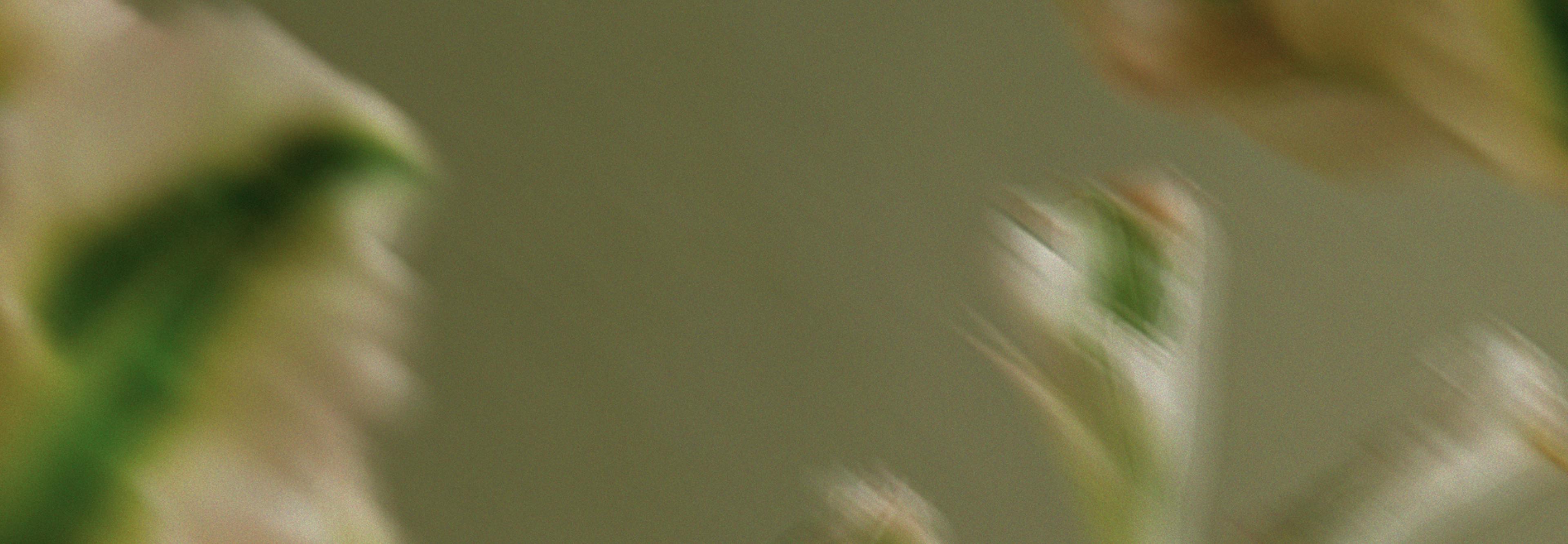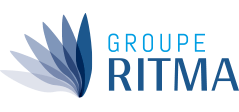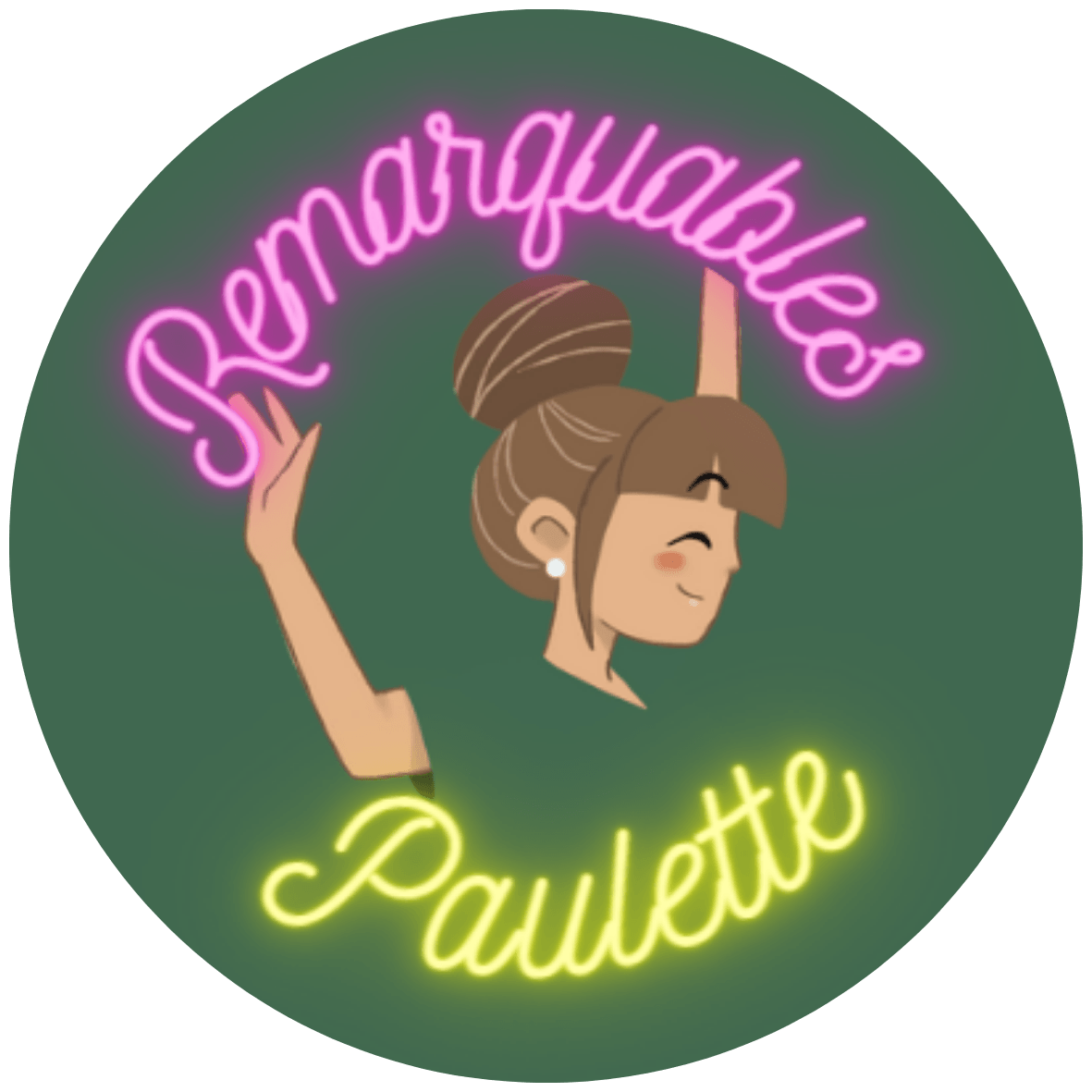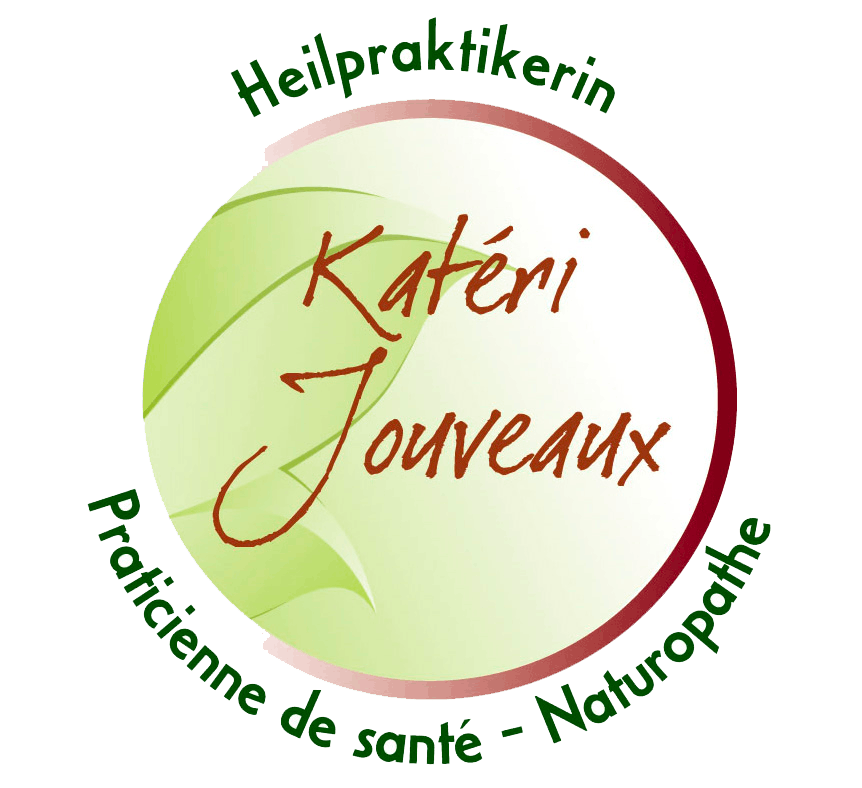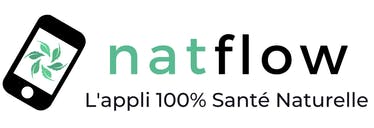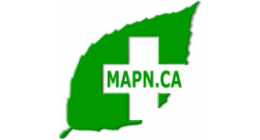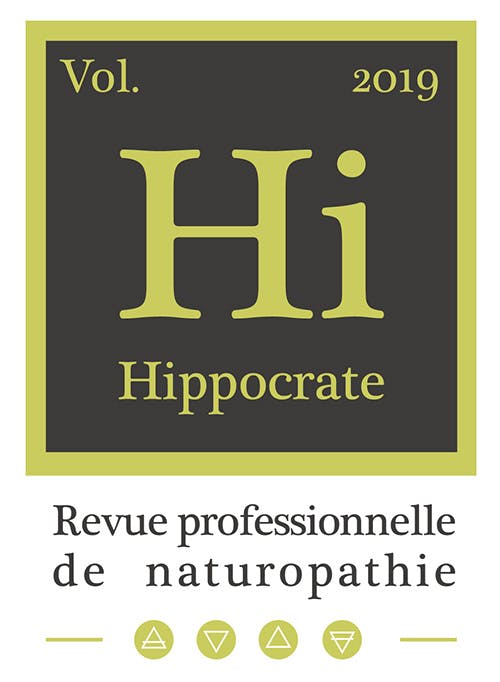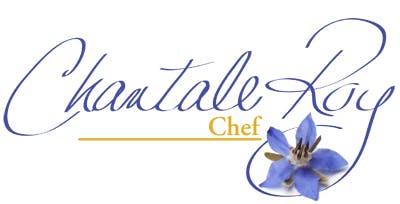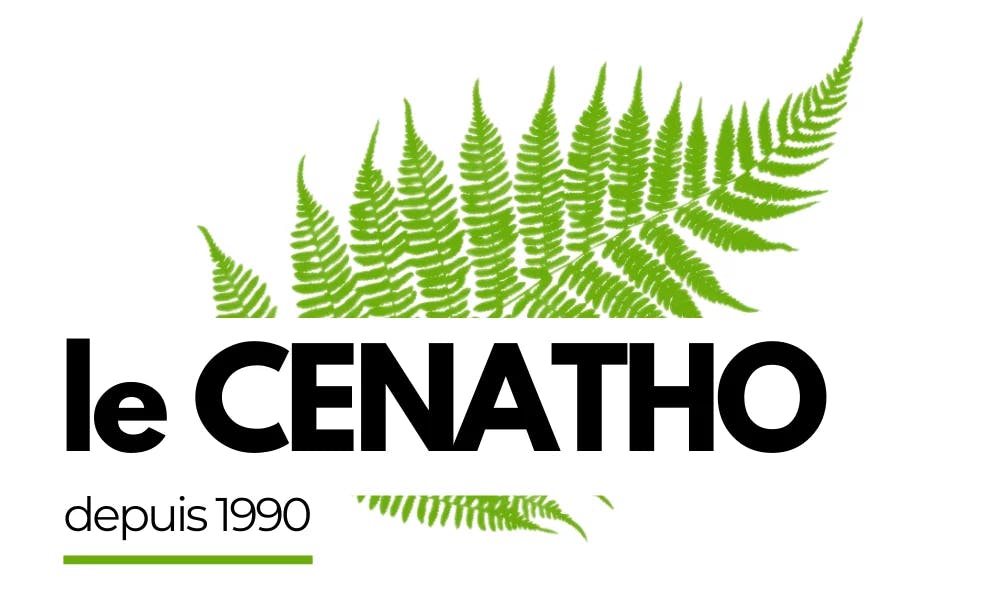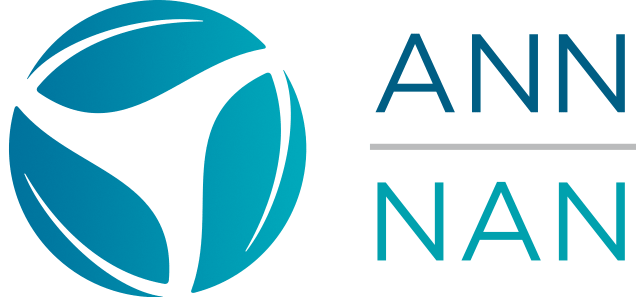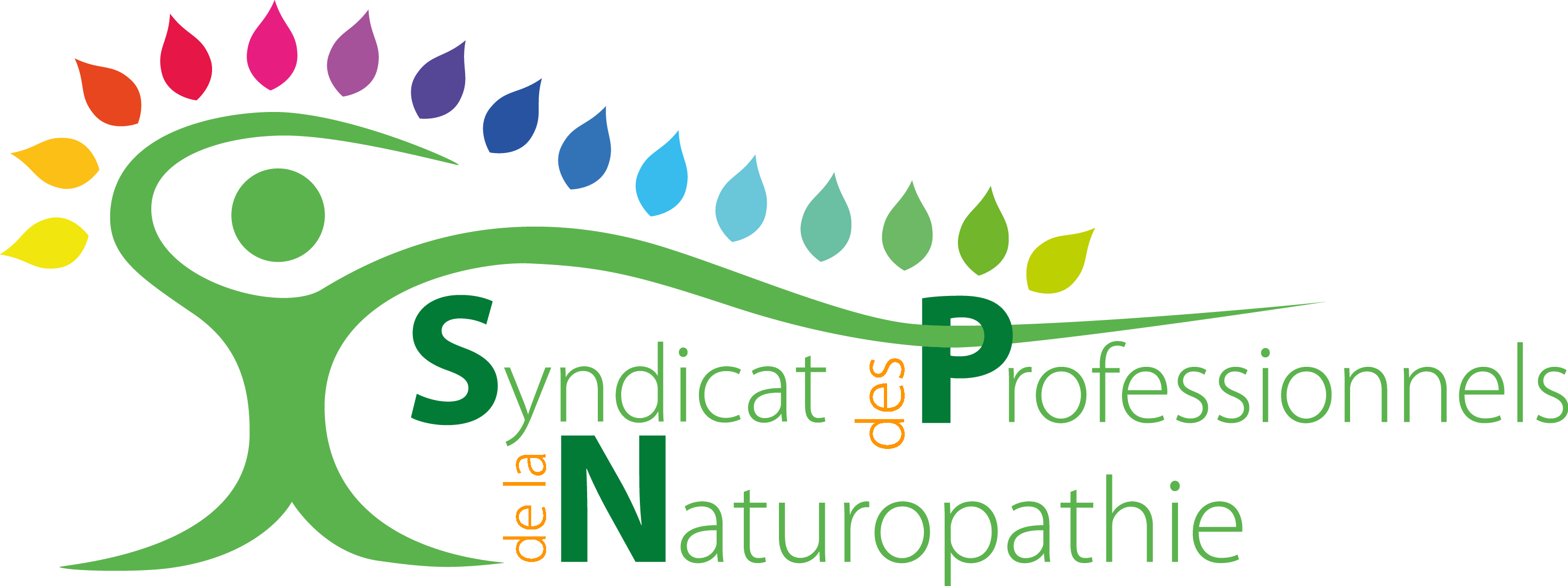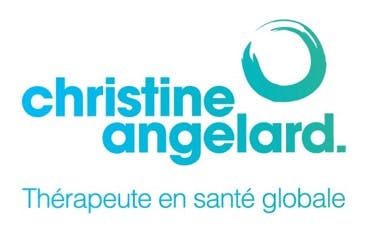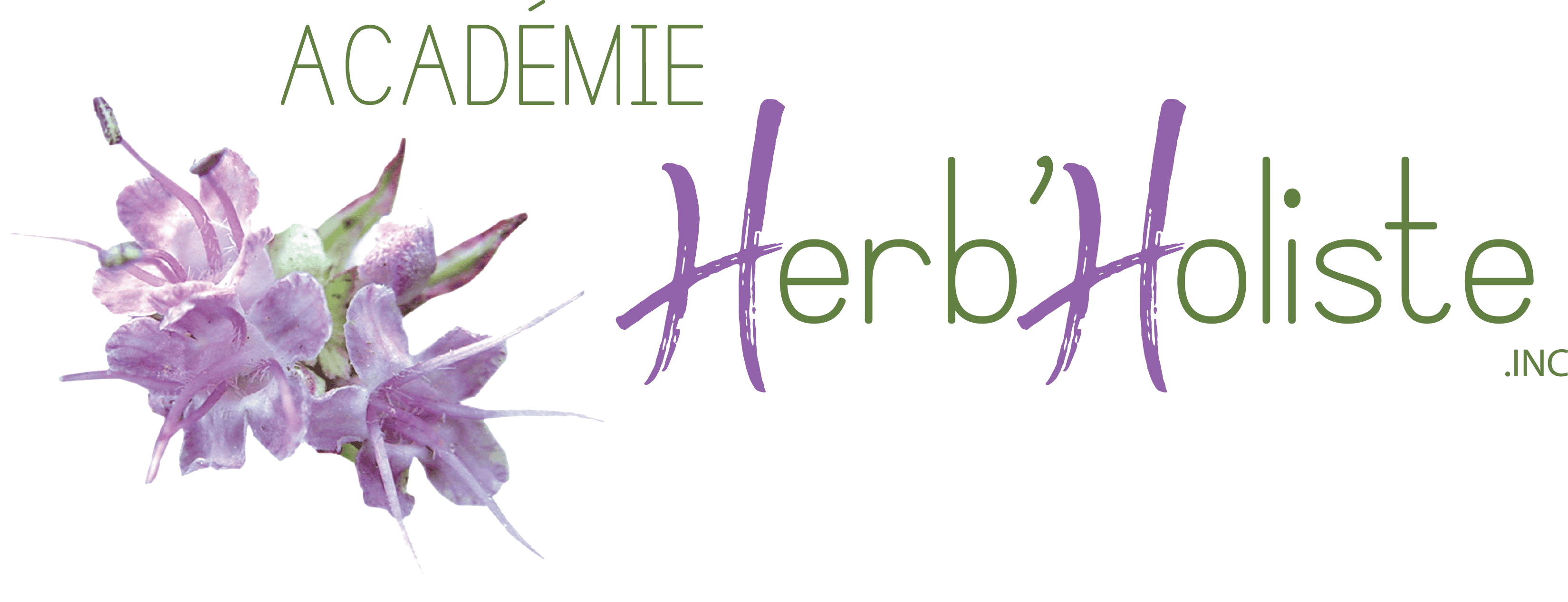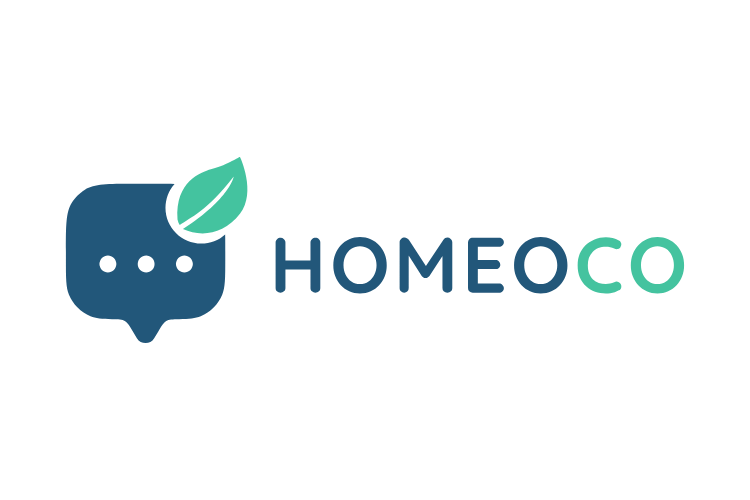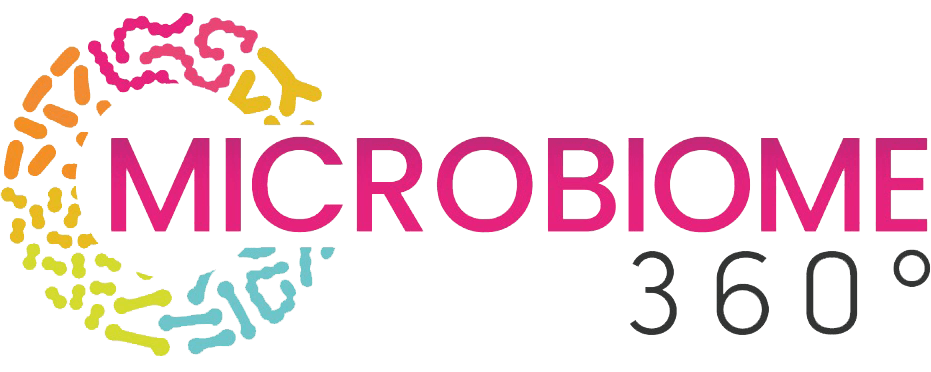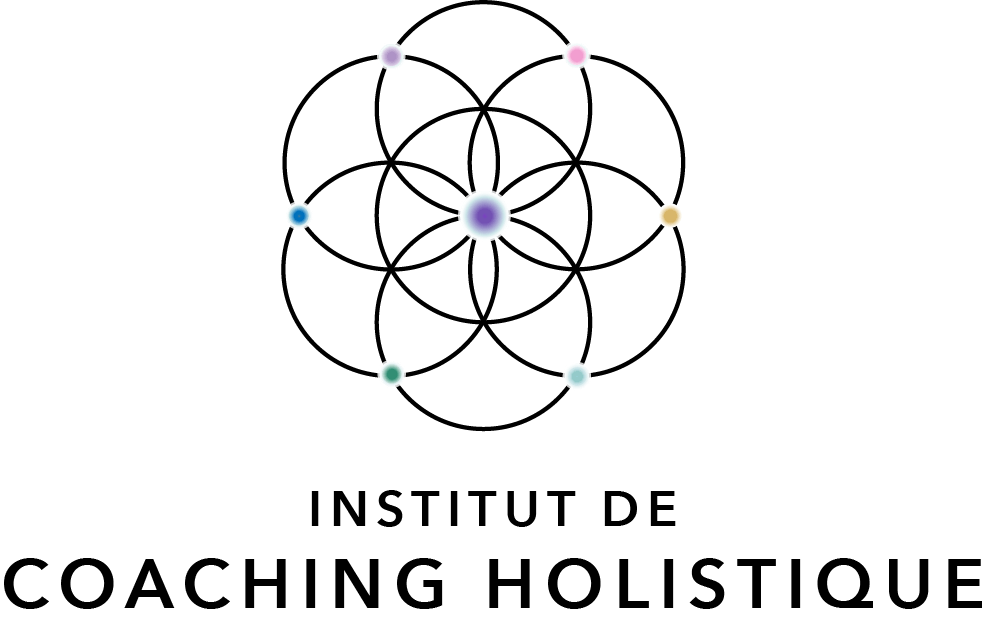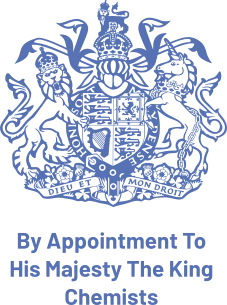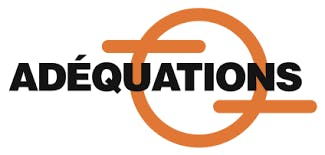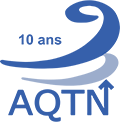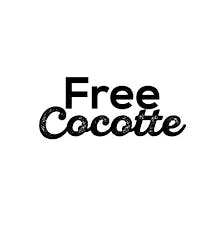The Symbolism of the Human Body
The Symbolism of the Human Body — When the Body Speaks Its Truth
This course offers a unique and profoundly human exploration of the body, blending Chinese medicine, symbolic psychology, and spiritual tradition. It invites students to see the body not as a mechanical structure, but as a living language — a mirror of the soul where every organ, function, and symptom carries meaning and memory.
Through both analytical and intuitive study, students learn to connect the visible and the invisible, recognizing symptoms as messages emerging from the energetic, emotional, and spiritual planes. The body becomes a text to be read — its ailments revealing imbalances of Qi, inner conflicts, and memories inscribed in the living matter.
The course explores:
- The foundations of symbolic language and its role in holistic diagnosis;
- The correspondences between anatomical structures and universal archetypes (above/below, right/left, inner/outer);
- The connections between organs and emotions according to Chinese medicine;
- The spiritual symbolism of each part of the body — skin, spine, heart, lungs, digestive and reproductive systems, and more.
Each chapter sheds light on the energetic and metaphysical dimensions of the human body, drawing on the insights of authors such as Annick de Souzenelle and Jean-Yves Leloup, as well as classical texts of Traditional Chinese Medicine.
More than a course, The Symbolism of the Human Body is an initiation into the language of life — an invitation to listen to the body’s wisdom and its hidden messages. It teaches that illness is not merely a dysfunction, but a call from the soul to return to harmony, light, and meaning.
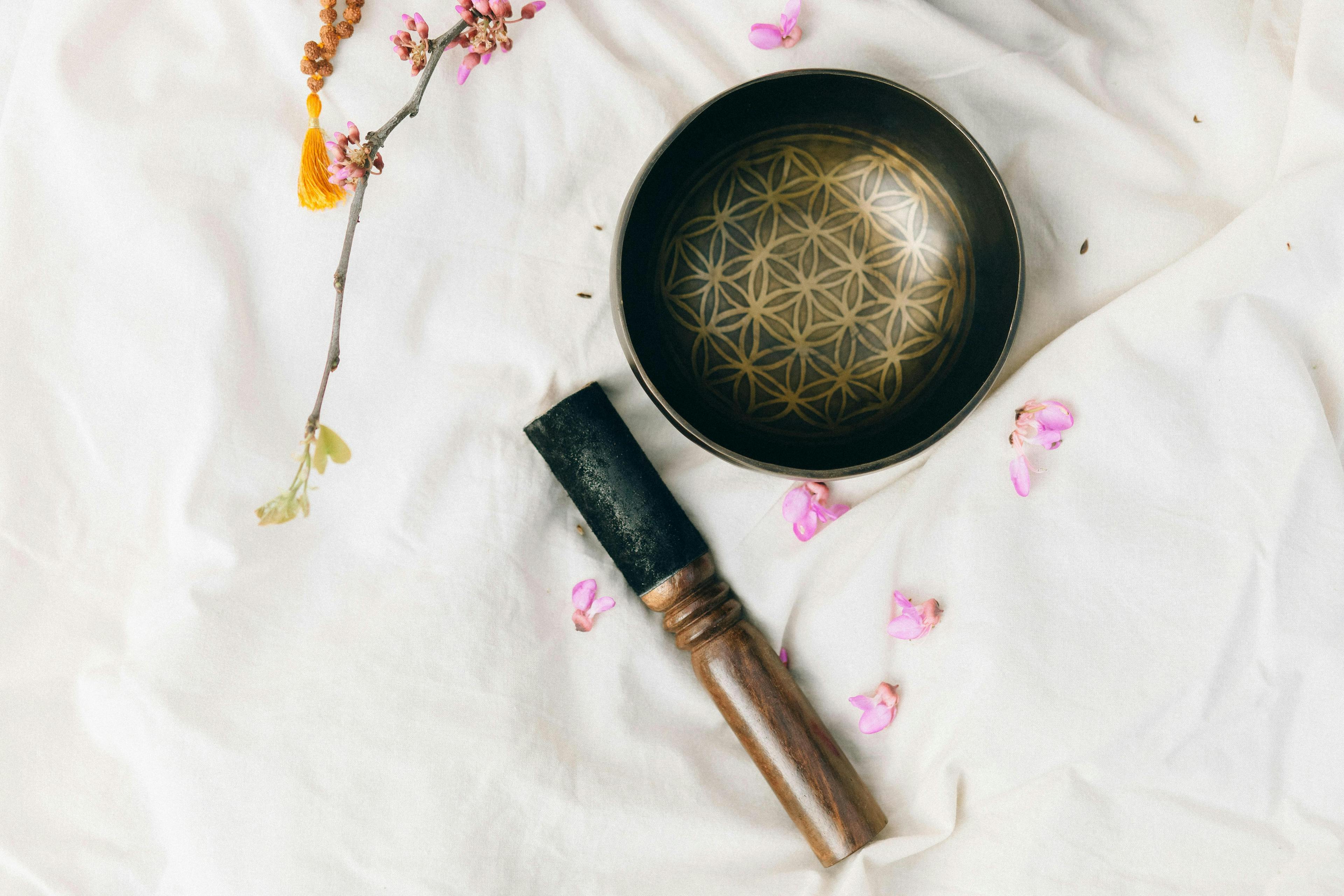
Included teaching methods:
- E-Learning training: an interactive, motivating, and effective learning approach.
- Printable course handouts
- Online exams
- Access to the student portal
- Videos and virtual library.
Course Content Description
Definitions, Preambles
- Symbols and myths: different approaches
- Concept of outside and inside
- Concept of above and below
- Lateralities: right, left
The Skin
- Conclusion
- Knowledge review
- Activity 1
The Tree of Life: The Spine
- General Definitions
- The vertebrae
- The sacrum
- The coccyx
- Bone as a structure
- Joints
- Rheumatoid arthritis, and ankylosing spondylitis
- Knowledge review
- Activity 2
Action / Relationship: The Limbs
The Upper Limb
- Clavicles
- Arm
- Elbow
- Forearm
- Wrist
- Hand
- Fingers
The Lower Limb
- Hip
- Thigh
- Knee
- Leg
- Ankles
- Feet
- Knowledge review
- Activity 3
The Digestive System: Integration – Transformation
- Lips
- Mouth
- Saliva
- Esophagus
- Stomach
- Pancreas
- Sugar regulation
- Fuel role
- Spleen
- Small intestine
- Liver
- Gall bladder
- Colon
- Anus
- Knowledge review
- Activity 4
The Language of the Urinary Tract
- Ureters
- Bladder
- Knowledge review
- Activity 5
The Ovaries
- Fallopian tubes
- Uterus
- Vagina
- Breasts
- Prostate
- Testicles
- Knowledge review
- Activity 6
The Heart
- Circulation
- Arteries
- Veins
The Blood
- Platelets
- White blood cells
- Red blood cells
- Lymph
- Knowledge review
- Activity 7
The Breath: The Pulmonary System
- Knowledge review
- Activity 8
Hearing and Speech, Smell, Vision, Taste: the 4 other senses!
- Hearing: ears
- Smell
- Nose
- Sinuses
- Throat
- Taste
- Vision
- Tears
- Knowledge review
- Activity 9
The Brain, Spinal Cord, Pituitary Glands, Pineal Gland
- Head
- Face
- Hair
- Teeth
- Brain
- Cerebellum
- Spinal Cord and Nerves
- Knowledge review
- Activity 10
The Endocrine Glands
- Pineal gland
- Pituitary gland
- Thyroid
- Adrenal glands
- Knowledge review
- Activity 11
- Conclusion
- Answer keys


